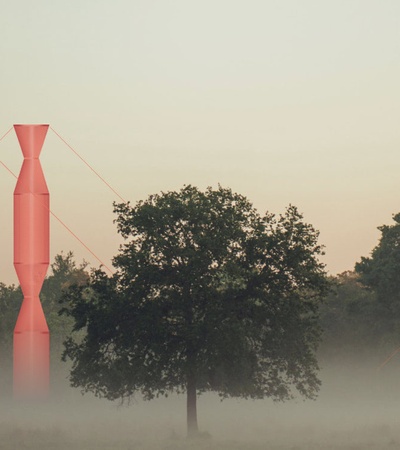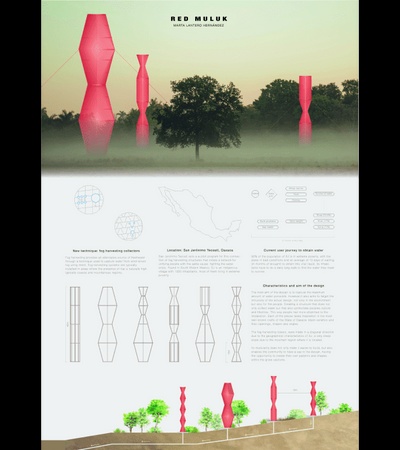
With the significant decrease of energy sources, the global crisis regarding freshwater scarcity has received the awareness and observation that it requires in arid and humid environments (Rosegrant, 2002).
To acknowledge the significance of the water crisis, the UN already announced in the past (from 2000 to 2015) the International Decade for Action “Water for Life” (UN, 2003). Even the UNSECO marketed the year 2013 as the International Year from water Cooperation (UN, 2012). However, despite these efforts, very little has been actually done and accomplished.
As a result, to many of our water scarcity problems, and due to its influence on human life, for the last few decades, fog has been the focus of many scientific studies (Klemm et al., 2012).
This cloud of tiny water droplets has proved to be and is considered not only a hydrological resource for replenishing aquifers and reforestation but also for providing human needs by supplying drinkable water (Domen et al., 2014).
However, despite the effectiveness of the fog harvesting collectors (if placed in the correct environment and conditions), has not been applied or implemented in many areas due to its intrusivity in the space and the community. It has a totally impersonal design.
This project aims to target the disadvantages of the existing, standard collectors. Focusing on the drought and water problem and solution in the state of Oaxaca, Mexico. Through the method of fog harvesting, create a series of structures/installations the wind-driven fog, at a local scale. A respectful design for the environment and its local people, taking as inspiration their traditions and crafts.
